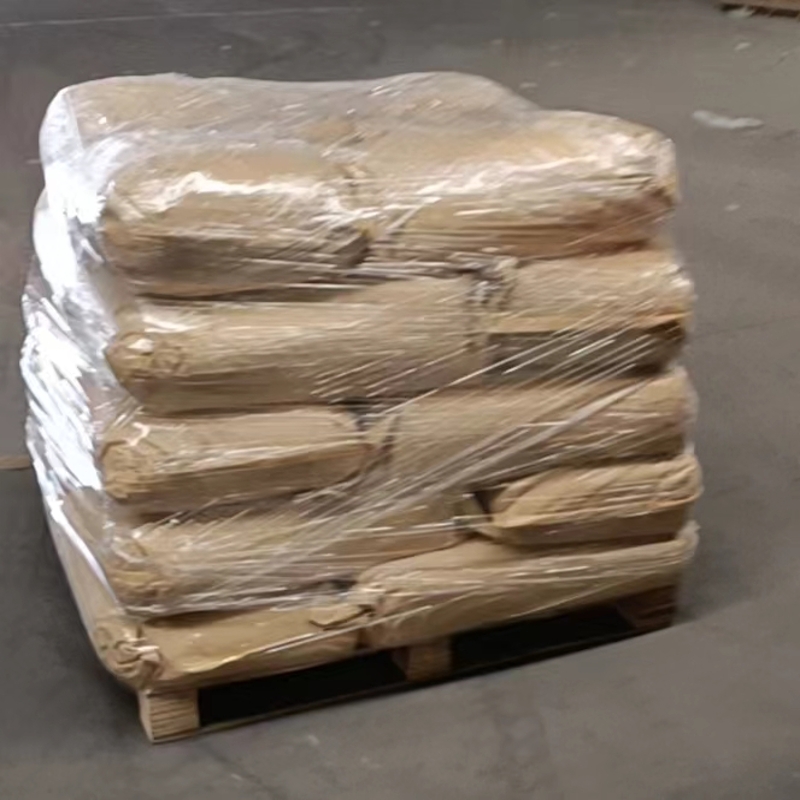-
Categories
-
Pharmaceutical Intermediates
-
Active Pharmaceutical Ingredients
-
Food Additives
- Industrial Coatings
- Agrochemicals
- Dyes and Pigments
- Surfactant
- Flavors and Fragrances
- Chemical Reagents
- Catalyst and Auxiliary
- Natural Products
- Inorganic Chemistry
-
Organic Chemistry
-
Biochemical Engineering
- Analytical Chemistry
-
Cosmetic Ingredient
- Water Treatment Chemical
-
Pharmaceutical Intermediates
Promotion
ECHEMI Mall
Wholesale
Weekly Price
Exhibition
News
-
Trade Service
On October 9, Daqin Railway Co.
, Ltd.
released the production and operation data of Daqin Line in September 2015, and the coal freight volume of Daqin Line in September was 31.
21 million tons, down 17.
15% year-on-year and 7.
19%
month-on-month.
At the same time, the average daily coal transportation volume of the Daqin Line in September was 1.
04 million tons, down 45,000 tons from 1.
085 million tons in August, and from January to September 2015, the cumulative cargo transportation volume of the Daqin Line was 305.
04 million tons, a year-on-year decrease of 10.
17%.
Previously, Daqin Railway pointed out in the first half of 2015 report that coal is the company's most important cargo transportation category, and coal shipments in the first half of 2015 accounted for 88%
of the company's total cargo shipments.
Affected by the macroeconomy, coal consumption fell further, which correspondingly reduced the demand for
railway coal transportation.
According to the data, the Daqin Railway from Datong City, Shanxi Province to Qinhuangdao City, Hebei Province, running through Shanxi, Hebei, Beijing and Tianjin, with a total length of 653 kilometers, is China's largest coal transportation channel, currently undertaking nearly 20% of the national railway coal traffic, in the first half of 2015, the cargo delivery volume accounted for 16.
5% of
the national railway cargo delivery.
Among them, the company's coal delivery volume accounted for 24.
2% of the national railway coal sending volume, an increase of 1.
5% and 2.
7%
respectively over the same period of the previous year.
In addition, Daqin Railway is actively implementing the "95306 Network Platform" to ensure transportation demand and stabilize the loading and delivery of bulk traditional sources such as coal, thereby reducing the waste of transportation capacity and minimizing the cost of truck operation
.
On October 9, Daqin Railway Co.
, Ltd.
released the production and operation data of Daqin Line in September 2015, and the coal freight volume of Daqin Line in September was 31.
21 million tons, down 17.
15% year-on-year and 7.
19%
month-on-month.
At the same time, the average daily coal transportation volume of the Daqin Line in September was 1.
04 million tons, down 45,000 tons from 1.
085 million tons in August, and from January to September 2015, the cumulative cargo transportation volume of the Daqin Line was 305.
04 million tons, a year-on-year decrease of 10.
17%.
Previously, Daqin Railway pointed out in the first half of 2015 report that coal is the company's most important cargo transportation category, and coal shipments in the first half of 2015 accounted for 88%
of the company's total cargo shipments.
Affected by the macroeconomy, coal consumption fell further, which correspondingly reduced the demand for
railway coal transportation.
According to the data, the Daqin Railway from Datong City, Shanxi Province to Qinhuangdao City, Hebei Province, running through Shanxi, Hebei, Beijing and Tianjin, with a total length of 653 kilometers, is China's largest coal transportation channel, currently undertaking nearly 20% of the national railway coal traffic, in the first half of 2015, the cargo delivery volume accounted for 16.
5% of
the national railway cargo delivery.
Among them, the company's coal delivery volume accounted for 24.
2% of the national railway coal sending volume, an increase of 1.
5% and 2.
7%
respectively over the same period of the previous year.
In addition, Daqin Railway is actively implementing the "95306 Network Platform" to ensure transportation demand and stabilize the loading and delivery of bulk traditional sources such as coal, thereby reducing the waste of transportation capacity and minimizing the cost of truck operation
.







